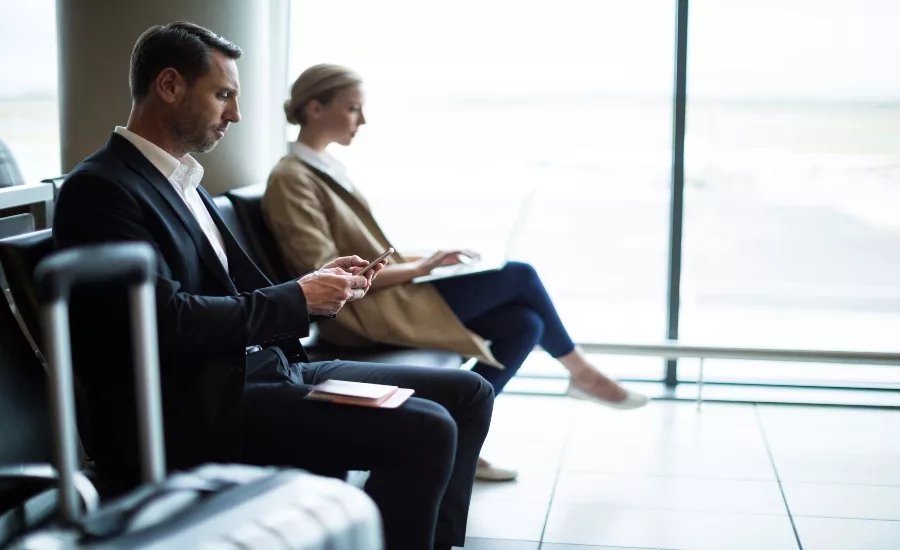Business travel: Hope is not a strategy

U.S. business travel is returning thanks to the sharp increase in vaccinations, steep drop in coronavirus infections, and steadily easing travel restrictions. Nevertheless, post-pandemic travel trepidations linger.
HR directors, C-suite executives and employees know potential COVID-19 infection spikes can lead to border closures and renewed quarantine requirements. Reduced flight schedules and seat shortages add more uncertainty among business travelers attempting to go from Point A to Point B, or anywhere in between.
Never have business leaders been more aware, and more concerned, about the duty of care they have to their traveling employees. If you send someone somewhere and they get sick or have an adverse event happen to them, it is the law that a company’s responsibility is to provide a reasonable level of support for the staffer.
It was little more than a year ago when business travelers were more concerned about lost luggage or missing a flight connection. No one worried about catching a disease that could kill them. Today, the risk profile for travel is different, and traveler awareness is at its highest levels.
Mitigating those risks falls to an organization’s chief security officer, travel managers and human resources director, who are accountable for the development and oversight of policies, programs and logistics that protect traveling staff. Employees turn to them to do everything possible to keep them as safe as possible. CEOs rely on them, too, because they carry a duty of care responsibility to their people, to take care of them and avoid exposing them to any unnecessary or undue risk.
Safeguarding your people is a big obligation. Business leaders are not experts in disease prevention and transmission, but they are now forced to make decisions during very difficult times. It’s been more than a century since we’ve had a pandemic of this scale. That’s why it’s imperative for business leaders to recognize the need for expert guidance and to work closely with specialists to plan and implement the necessary risk mitigation strategies for employee safety.
Employers must be able to demonstrate they took a best practices approach for their business and their people. They cannot send their employees on the road and simply hope nothing bad happens. The old saying, “hope is not a strategy” is truer today than ever. They have to take meaningful, measurable, actionable steps and be responsive to actual emergencies whether it’s COVID-19, an accident or a natural disaster.
While video conferencing will likely reduce total business travel volume in the near term, there is no substitute for being in the same room with others. While the days of traveling long distances for one meeting with one person could be gone forever, people will travel for business at scale into perpetuity.
If the pandemic demonstrated anything about remote working, it is that productive work can be done from almost anywhere – and people are going to take advantage of that. The days where you had to be tethered to an office are going to go away for some industries. We’re also going to see people combine business and leisure travel in ways that haven’t been done before.
People may choose to travel and work remotely for longer periods and then come back to the physical office for shorter periods. Each of these potential changes will require a fresh look by business leaders to plan and prepare for the evolving characteristics of post-pandemic business travel. And while they should hope for the best, they should be prepared for the worst.
